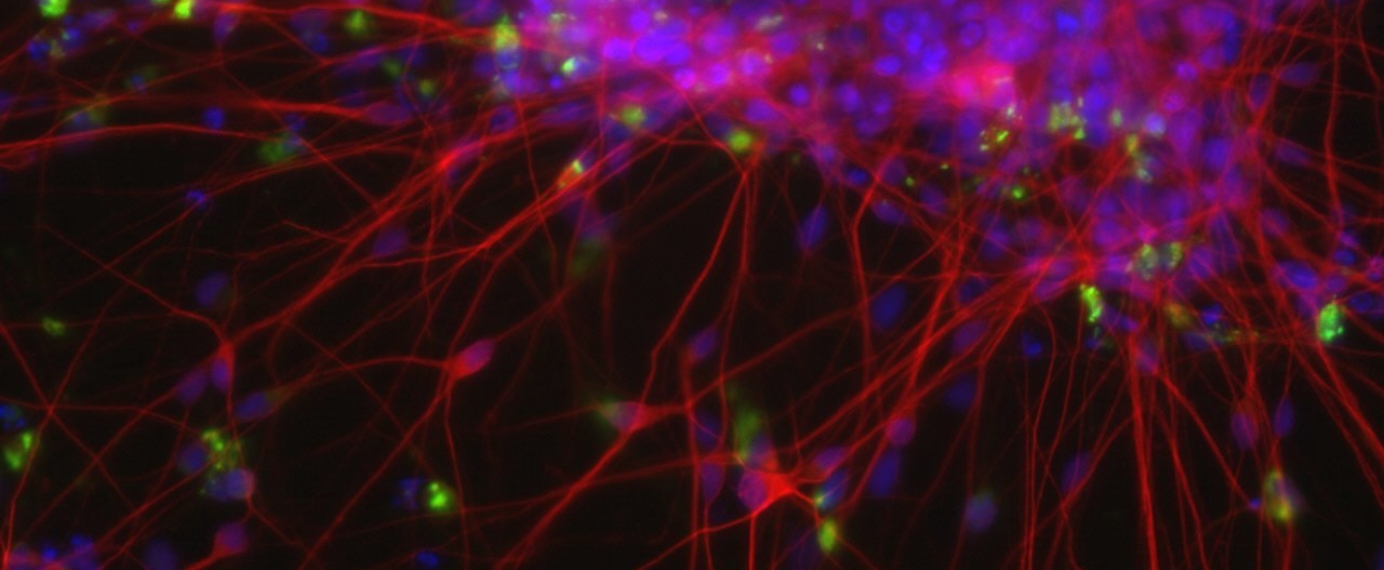Neurological Disorders and Disease

A fundamental biomedical challenge is understanding how the brain and nervous system develop and function—and what causes developmental disorders such as autism and degenerative diseases such as Alzheimer’s and Parkinson’s. This is especially difficult since scientists have limited ability to observe patients’ brain cells as these conditions emerge. Our researchers are creating ingenious approaches, tools, and model systems for studying both healthy and diseased neurological cells—and using them to drive discoveries that could lead to new diagnostics and treatments.
For example, Rudolf Jaenisch is pioneering in the creation and use of induced pluripotent stems cells, chimeric mice, and brain organoids (small assemblies of cells that approximate brain tissue) to study disease in conditions mimicking cells’ natural environment. His innovative methods are leading to a deeper understanding of conditions ranging from Fragile X and Rett syndromes to Parkinson’s disease to Zika-caused microcephaly—and to new strategies to prevent and treat these conditions. He is also collaborating with Richard Young in applying the quickly developing field of phase-separated condensates—where cellular proteins form membrane-less droplets that may regulate gene expression—to identify potential therapeutic targets for Parkinson’s disease and myriad other conditions. Ankur Jain discovered that certain RNAs can form aggregates, clumping together and forming membrane-less droplets; and found that these droplets may contribute to neurological diseases such as amyotrophic lateral sclerosis and Huntington’s disease. He is now investigating how cells prevent potentially deleterious RNA aggregation, and will search for therapeutic agents that could safely dissolve disease-causing RNA gels. And Olivia Corradin’s studies on multiple sclerosis are providing new insights into the genetic risk factors and disease pathways that contribute to the disease: she has found, for example, that variants in the brain cells that produce myelin appear to contribute to the disease—which was previously unknown.
Learn more about our work on Neurological Disorders & Disease—as well as related research in the realms of Cancer, Genetics & Genomics, Infectious Disease, Protein Form & Function, and Regeneration and Cell Dynamics.